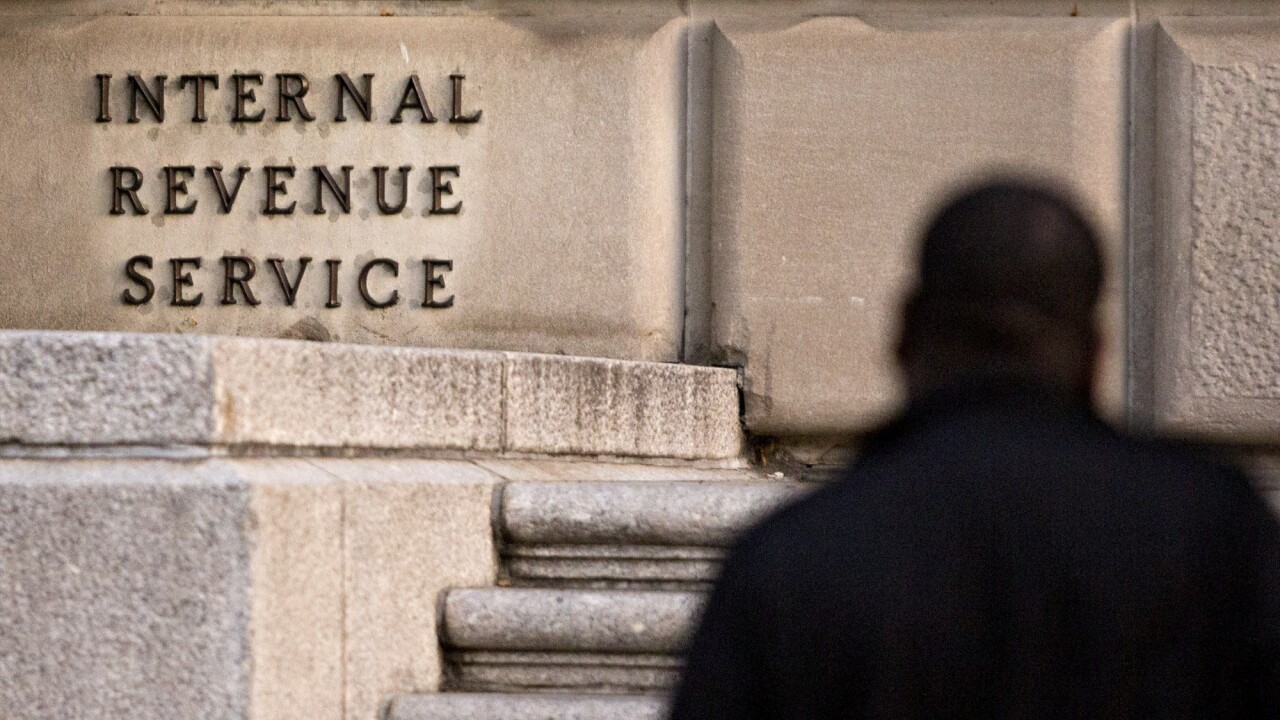Tax preparers are gearing up for a challenge in the Empire State. New York’s new remote sales tax law has made a confusing situation even murkier, as the ripples of the Wayfair decision continue to linger in evolving tax law.
The June 21, 2018, decision in South Dakota v. Wayfair, Inc. confronted the constitutionality of a law South Dakota passed in 2016 requiring online retailers to collect sales tax from a business if it generates more than $100,000 in annual sales to South Dakota residents, or 200 or more separate transactions with state residents.
Up until that point in time, remote sellers had taken their lead on this issue from a 1992 Supreme Court ruling — Quill Corp. v. North Dakota — that only required them to collect sales tax on purchases if they had a physical presence in the state where the goods were bought. After more than 40 states had asked the court to overturn the 1992 precedent, it handed down a 5-4 decision in June 2018 that effectively made it legal for states to collect tax from remote sellers.
While that digital tax added a layer of complexity for tax professionals, it seemed relatively straightforward: States would begin issuing guidance in light of the court’s decision, and preparers would adjust accordingly. But things haven’t been that simple, especially in New York.
In January 2019, the state issued its first comment on the Wayfair decision. In doing so, it provided an exception to a remote digital tax for small remote sellers. According to the guidance, businesses with no physical presence in New York would need to collect New York sales tax only if, in the immediately preceding four sales tax quarters, they made more than $300,000 in gross sales of tangible personal property delivered in the state (for both taxable and exempt sales); and conducted more than 100 sales of tangible personal property delivered in the state.
But this past June, just six months later, the state enacted
The new law increases the sales threshold from $300,000 to $500,000, and does so for remote sellers effective June 21, 2018, the day of the decision of the Wayfair case. In essence, New York is enforcing a retroactive economic nexus that went into effect six months before it was announced.
Is this kind of retroactive statute fair, or even constitutional? It’s open for debate. Some detractors point to a June 1994 Supreme Court case — U.S. v. Carlton — that addressed the retroactive disallowed application of a 1987 estate tax deduction to a 1986 transaction. In her concurring opinion, Justice Sandra Day O’Connor wrote about her issue with retroactive taxation: “The governmental interest in revising the tax laws must at some point give way to the taxpayer's interest in finality and repose,” she wrote. “For example, a ‘wholly new tax’ cannot be imposed retroactively, United States v. Hemme, 476 U. S. 558, 568 (1986), even though such a tax would surely serve to raise money.”
Still, what seems like judicial common sense has yet to carry much legislative weight. It appears that New York won’t be shying away from retroactively enforcing the 2018 Wayfair decision until the Supreme Court tells the state not to, and it’s not the only state to take this stance.
Around the country, CPAs and tax practitioners are watching offshoots of this issue crop up in Texas, California and Kansas. Elsewhere, states are extrapolating beyond the Wayfair case’s reach and applying the same standard to income tax (i.e., if a company derives income from internet sales, it needs to file an income tax return in the state, not just sales tax). As one can imagine, this has created more filing requirements, and more complexity for tax pros.
Where does that leave those tax preparers? For those who may not have the resources to conduct a nexus study to advise clients on where to file, it leaves them with some high-stakes guesswork. And that’s doubly problematic if there is any client pushback on the tax pro’s determination. Ethically, tax professionals need to tell clients to file in the state, but there are already anecdotal instances of clients refusing to follow their advice.
With the sellers liable for tax if they don’t collect and penalties for failure to file, the financial pains could mount quickly. As a result, accountants may find themselves caught in the crossfire between eager tax jurisdictions and defiant clients. That’s a recipe for volatility, and it’s one that tax pros will have to walk a tightrope to navigate.





